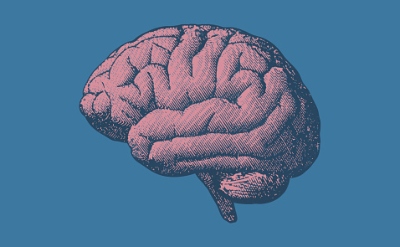New guidelines issued by the American Headache Society aim to dramatically reduce the use of neuroimaging in migraine.
Currently, about 12% of outpatient visits for headache result in a recommendation for neuroimaging. An AHS review found most of that imaging unnecessary, potentially harmful, and costly. Neuroimaging adds an estimated $1 billion to healthcare costs annually and can drive further testing based on findings that may have no clinical significance.
As a result, the updated guidelines have a grade A recommendation that physicians avoid ordering MRI or CT in migraine patients who are otherwise neurologically normal and have no atypical features or red flags.

On the flip side, the guidelines noted that neuroimaging may be appropriate in a number of circumstances. Those included the presence of an unusual, prolonged, or persistent aura; notable change in frequency, severity, or clinical features; first or worst migraine; migraine with brainstem aura, confusion, or motor manifestations; late-life migraine accompaniments; aura without headache; and side-locked or post-traumatic headache. The possible reasons for neuroimaging received a grade C recommendation, reflecting their basis in expert consensus.
In addition, “red flags” for secondary headache—fever, immunosuppression, papilledema, and pregnancy—should guide neuroimaging selection. The guideline committee noted that patients with warning signs of potentially catastrophic headache, such as thunderclap headache or neurologic deficits, who require urgent care are seldom seen in an outpatient setting.
The AHS recommends MRI over CT when imaging is needed as it has greater sensitivity and no known biologic risk. The guidelines note that “in patients at high-risk for having significant abnormalities, the judicious use of MRI may actually improve outcomes and decrease medical costs.”
The updated recommendations were based on a systematic review of the diagnostic utility of neuroimaging in identifying potentially symptomatic intracranial abnormalities in adults seeking outpatient care for a variety of migraine types.
The guideline committee reviewed 23 articles. They found that routine imaging is not more likely to reveal clinically significant abnormalities in patients with migraine without “worrisome features” than in the general healthy population. Routine neuroimaging may find incidental abnormalities, however, which can increase patient distress and lead to unnecessary follow up.
The guideline committee noted that physicians frequently overestimate patient interest in neuroimaging. For patients who do express a desire for imaging and do not have any atypical features, the committee advised physicians to “establish a strong relationship and educate the patient about the low yield of neuroimaging” as part of shared decision-making and to assure patients that imaging could be performed later if circumstances warrant it.
